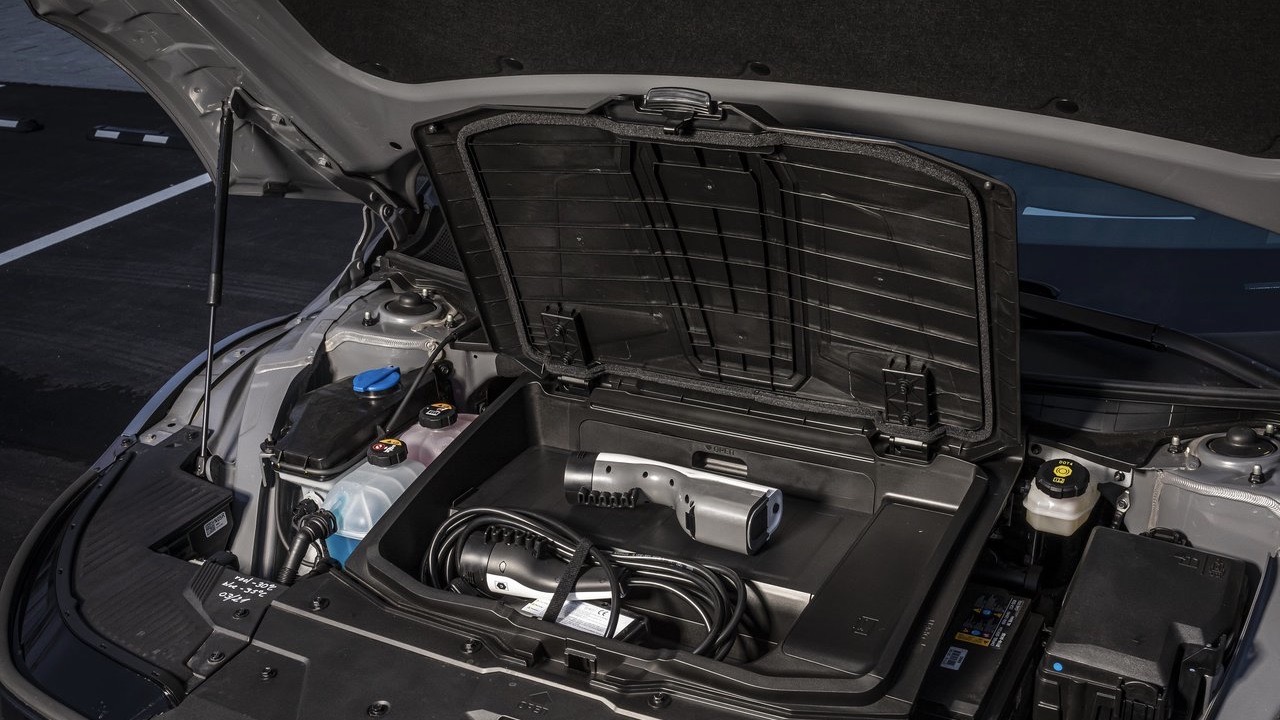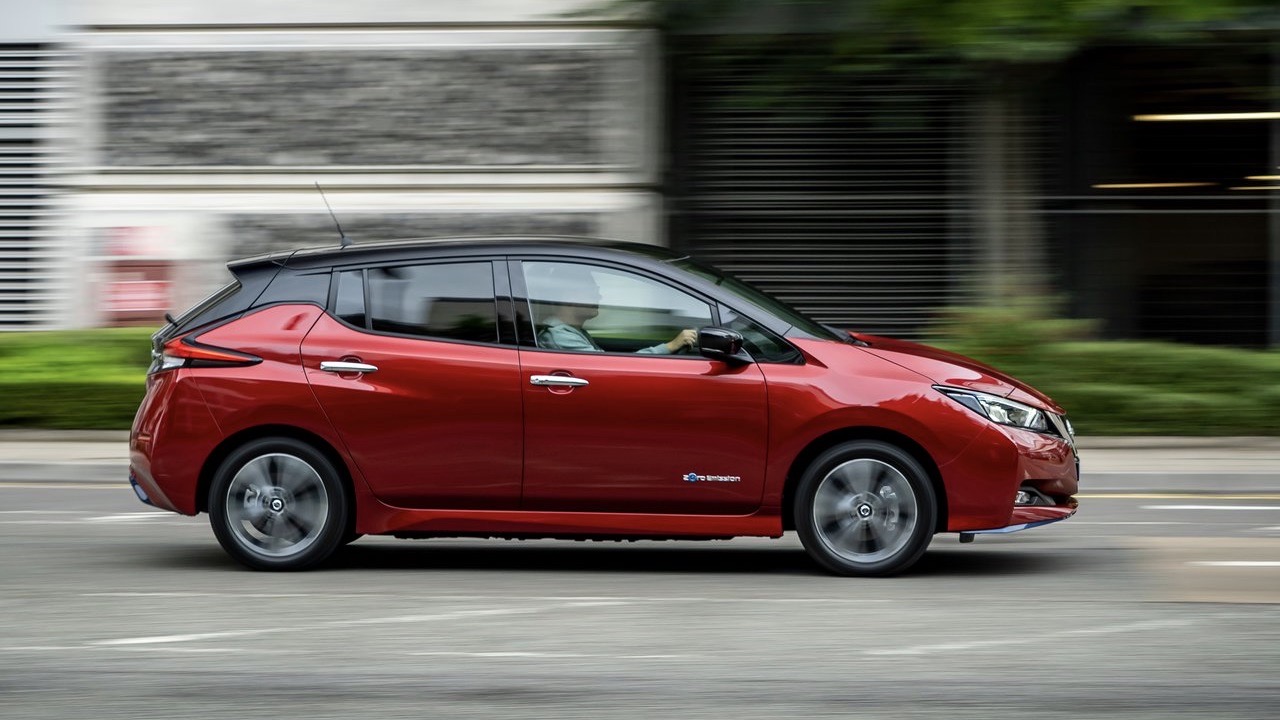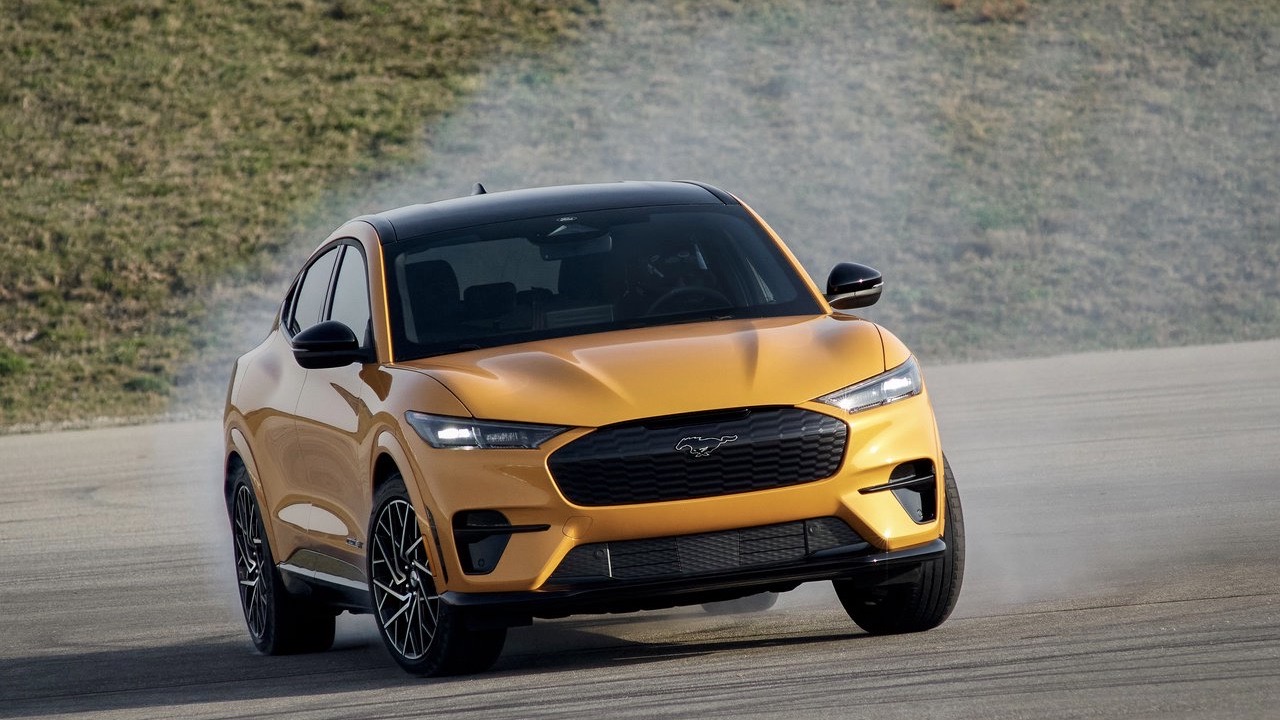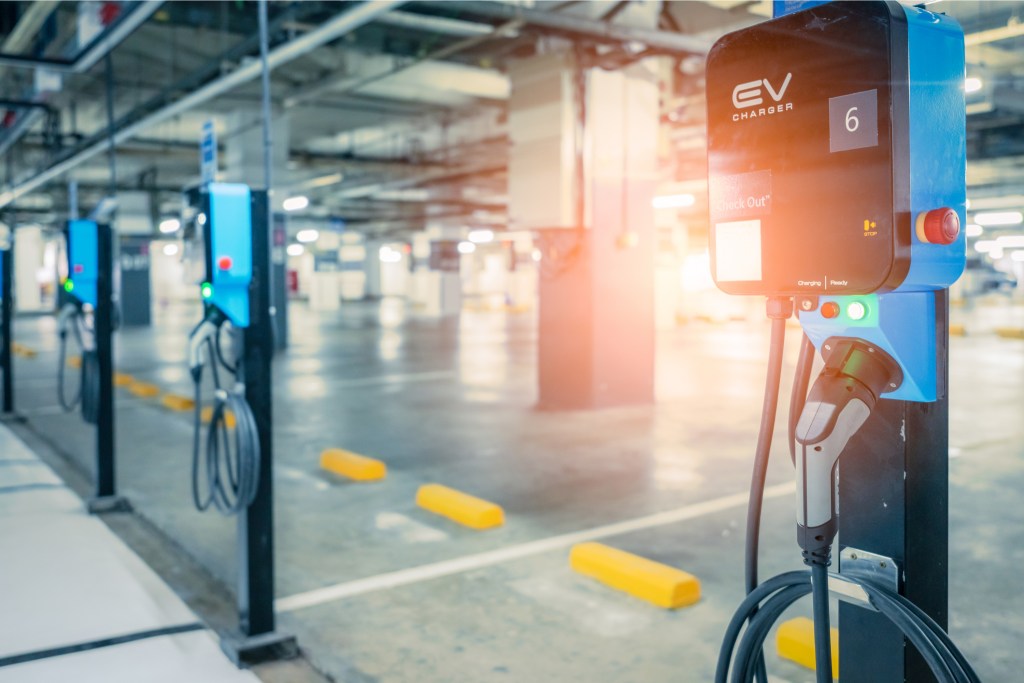The two main drivers fueling the increase in sales of electric vehicles worldwide are the economy and the environment.
Once the owner of a new electric vehicle recovers from the sticker shock of the costs associated with acquiring and charging their emission-free set of wheels, owning and operating an EV is significantly cheaper compared to an ICE car, and will become cheaper still as more and more people buy electric vehicles. On the other hand, it is true that manufacturing an EV causes significantly more emissions than the production of an ICE car, but it is also true that its zero-emissions operation will eventually erase the vehicle’s carbon footprint, thus appeasing our environmental conscience and benefiting the environment, something that gas-powered cars just can’t do.
EVs present a win-win proposition in which we save money by saving the environment, but they also benefit us in other ways. Let’s take a look:

Electric vehicles are cheaper to maintain
According to the Yale School of the Environment, EVs “can cost 40% less to maintain than gasoline cars.” Electric motors have fewer moving parts and do not require lubrication, making oil and oil changes a thing of the past. EVs do not have a transmission to worry about and the one-pedal driving availability can reduce brake wear significantly. Other parts and systems susceptible to wear associated with internal combustion engines, like coolant-consuming cooling systems, fuel lines and pumps, water pumps, timing chains, alternators, rubber belts, and engine fans, just to name a few, are also absent in EVs.
Andrew Burnham of Argonne National Laboratory, co-author of a recent report about the total cost of vehicle ownership, is quoted by the Yale School of the Environment’s article: “Over the lifetime of a vehicle, the maintenance and repair for a gasoline car might be $25,000.” This would mean savings of $10,000 for the owner of an electric vehicle.
And this won’t just put more money in your pocket — it’ll save you time, too. Instead of spending your day off waiting for your oil change to be finished (or changing the oil yourself), you can spend your Saturday watching Netflix, going for a run, catching up with friends, or anything else you might actually want to do (instead of responsibilities you have to do). And yes, it’s true that it does take more time to charge an EV than it does to fill up a gas-powered vehicle — but you can solve that by installing an EV adapter at home.

Electric vehicles are faster from a standstill
EVs feel powerful, especially when they are not going fast. Electric motors produce their peak torque from the get-go, as there is no need to grind through gears to help an engine gain speed. The drivers of EVs are rewarded with instant acceleration, which also adds a pinch of fun factor to each drive.
While this feature may seem unimportant at first glance, and will not turn your Nissan Leaf into a Ferrari-like monster, it makes for a very pleasant driving experience, especially in urban environments where EVs launch with energy from stop signs and traffic lights, reaching the desired speed in less time and with more authority than a gasoline-powered vehicle. This is one of the features that most surprises novice EV drivers and the one most easy to fall in love with. (After all, anything that makes running your weekend errands a more pleasant experience is a good thing in our book.)

Electric vehicles are more stable and handle better
No one has ever accused an electric vehicle of being a poor handler. The lack of a heavy engine above the front axle and the placement of the battery low in the vehicle, usually serving as its floor, makes for excellent weight distribution and a lower center of gravity that improves handling and stability despite the heavy weight of the battery.
This is especially important in the case of electric SUV and crossovers, since these normally higher vehicles can be especially tricky to handle during an evasive maneuver at highway speeds. The added stability provided by an optimum weight distribution can save the driver of an electric SUV from scary and potentially dangerous situations.
These composed and collected driving dynamics, together with the silence and lack of vibrations of its powertrain and the instant torque of the electric motor, provide a unique driving experience, which is different and better in many ways than driving a gasoline-powered car. And, since these features improve handling, responsiveness, and safety, they also can instill confidence in even the most novice of drivers during their day-to-day drives.

Get ready for parking and driving perks
Ever pull into a shopping center, hotel parking lot, or business, and notice there are a few spots right up front with free EV charging stations? Many cities also offer free or discounted parking for EVs in spots with charging stations in municipal garages. And, even if the spot doesn’t have an EV charger, there are plenty of businesses and shopping centers that offer priority parking spots in prime locations to fuel-efficient vehicles like electric cars. You might still have to spend your Saturday grocery shopping, picking up items from Target, and going to your annual physical — but at least you won’t have to worry about getting a good parking spot.
And, some states — like California and Arizona — allow qualifying EVs to use the HOV line even if there’s only one person in the car. So check out your state’s HOV requirements because your morning commute might just get a little better.
There are a lot of benefits to owning an electric vehicle — and those benefits aren’t just for the environment. Sure, you can feel good that you’re doing your part, but there are a lot of ways EVs can make your life better, too. These vehicles are significantly cheaper to maintain, are more energetic from a standstill, and are more stable and handle better than gas-powered cars — plus, they come with some unique perks. All are compelling reasons to explore the possibility of an EV as your next car. Don’t you think?



